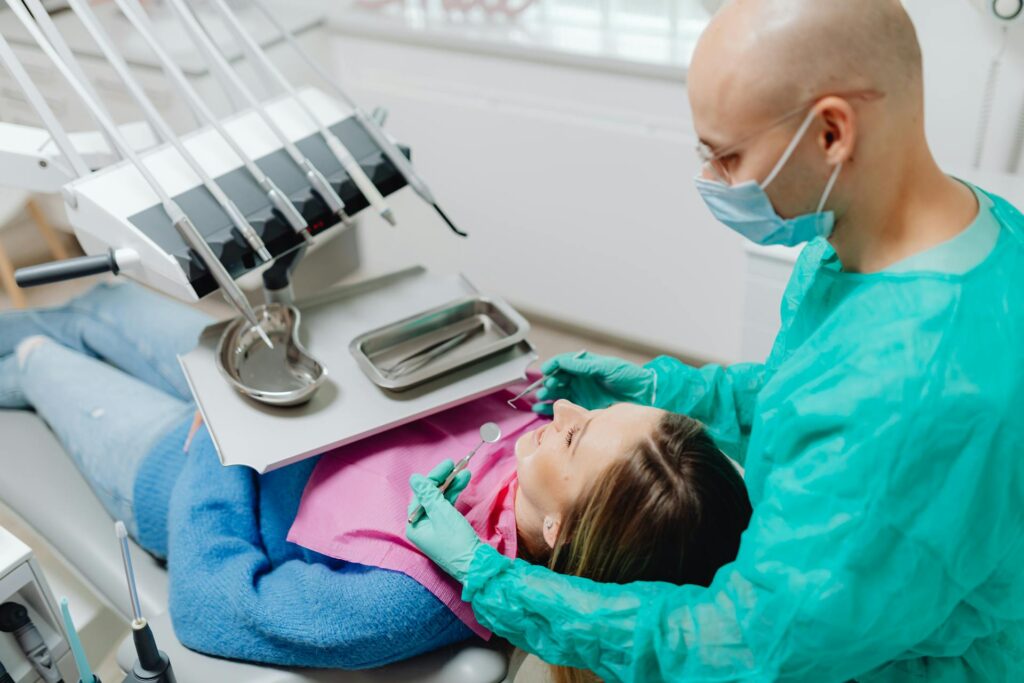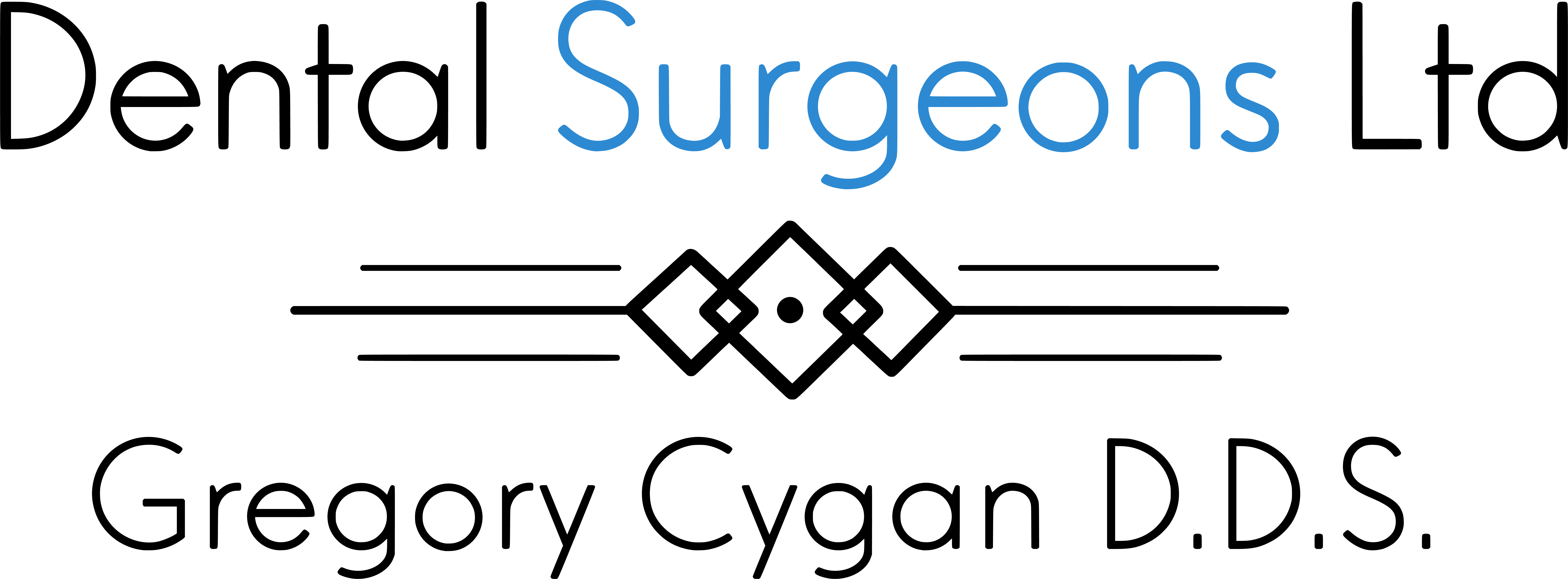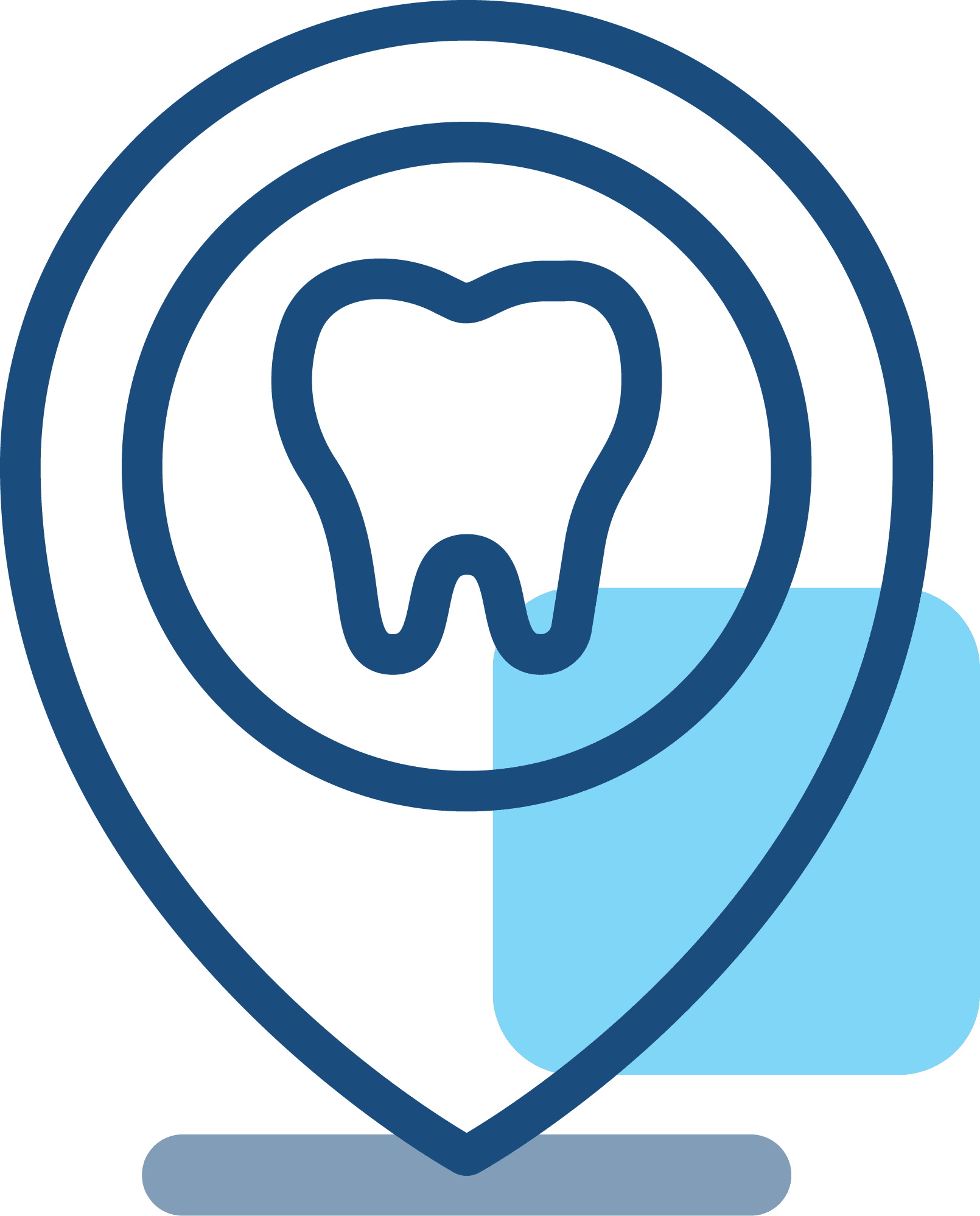Understanding IV Sedations Role in Dental Anxiety Management
IV sedation is a vital technique used in sedation dentistry, offering a deeper level of relaxation for patients who experience dental anxiety. Different levels of sedation may be needed depending on factors like your anxiety level, the length of the procedure, your medical history, and your personal preferences. Sedation options range from no sedation with just local anesthetic to nitrous oxide, oral conscious sedation, and IV (intravenous) sedation.
Nitrous Oxide or “laughing gas” is inhaled by a mask on your nose and acts quickly. The dentist controls the gas delivered and can adjust the amount during the procedure. After your procedure is done, the dentist may give you more oxygen to help get the laughing gas out of your lungs. This will mean you can drive home safely and not worry about any lingering effects from the laughing gas.
Oral conscious sedation involves taking prescribed sedative medication by mouth before your procedure. Some examples of the medications used include: Triazolam (Brand name Halcion), Diazepam (Brand name Valium). Other examples include Zaleplon (Brand name Sonata) and Lorazepam (Brand name Ativan). When used for pediatric patients, kids may take a Midazolam syrup (Brand name Versed).
Oral conscious sedation will make you feel groggy and you may even sleep. However it means you should remain conscious and able to talk to your dentist if needed. You should be easily awakened if the dentist needs to tell you something. This kind of sedation will mean you need someone to drive you home, and under no circumstances should you be driving. Your escort, family or friend will need to drive you home.
IV conscious sedation is the deepest form of conscious sedation offered in the dental office. Medication is delivered directly into your bloodstream through an IV line while your vital signs are monitored closely by your dentist. Dosages can be adjusted during the procedure, and while it’s common to have little to no memory of the procedure afterward, experiences may vary. This option is ideal for patients with a fear of needles or dentistry or for longer procedures.
Can general anesthesia ever be used in dentistry?
The answer is yes, in some cases. Use of General anesthesia in a hospital or ambulatory surgery center may be necessary when treating young kids, adults with special needs, or people with extremely severe dental anxiety, particularly for procedures like dental implant placements. You can read more about dental implants in our blog post: Dental Implants: The Modern Solution for a Perfect Smile. General anesthesia makes you completely unconscious, so you are not breathing on your own. This means that a machine has to breathe for you and close and specialized care is needed with an anesthesiologist or another physician.
What are the Key Benefits of IV Sedation?
Sedation dentistry offers numerous advantages, primarily helping with anxiety and fear associated with dental procedures. IV sedation specifically helps patients to remain calm and comfortable during a procedure. One significant advantage is that procedures can often be completed more efficiently under IV sedation, as dentists can work more swiftly when a patient is under sedation. This not only translates to less time spent in the dental office but can also lead to fewer appointments overall. For individuals who tend to avoid dental visits due to anxiety, sedation can provide the comfort needed to receive necessary dental care.

What Can Patients Expect During the Procedure?
Before your IV sedation, your dentist will check your health and ensure you haven’t eaten or drunk anything beforehand. Also, avoid taking any medications that you don’t usually take, smoking, or using any other substances. You’ll need to fill out paperwork and give consent for the procedure. The IV will be inserted into your hand or arm, and you’ll receive medication and saline solution through it. Local anesthesia may also be given to numb your mouth, but you might not even remember this part.
Who Are the Ideal Candidates for IV Sedation in Dentistry?
IV sedation is suitable for patients of all ages, from children to seniors. It’s particularly beneficial for individuals experiencing:
- Dental anxiety
- Extreme gag reflex
- Fear of needles (aichmophobia)
- Claustrophobia in the dental chair
- Difficulty with Local anesthetics working
- Difficulty staying still
- Special needs (including physical, cognitive or behavioral)

What Safety Measures are in Place During IV Sedation and How is Patient Well-being Ensured?
At Dental Surgeons Ltd., safety is our main priority. We prioritize your well-being by closely monitoring your vital signs and conducting thorough pre-procedure checks. For more tips on maintaining oral hygiene and a beautiful smile, you can also check out our blog post: Guide to Oral Hygiene: Tips for a Healthy, and Beautiful Smile. In addition, your dentist must have completed additional training and hold the proper credentials to administer moderate sedation:
A. Comprehensive training in moderate sedation that satisfies requirements in the Moderate Sedation section of the ADA Guidelines for Teaching Pain Control and Sedation to Dentists and Dental Students at the time training was commenced, or
B. An advanced education program accredited by the ADA Commission on Dental Accreditation that affords comprehensive and appropriate training necessary to administer and manage moderate sedation commensurate with these guidelines; and
C. A current certification in 1) Basic Life Support for Healthcare Providers and 2) Advanced Cardiac Life Support (ACLS) or an appropriate dental sedation/anesthesia emergency management course.
Administration of moderate sedation by another qualified dentist or independently practicing qualified anesthesia healthcare provider requires the operating dentist and his/her clinical staff to maintain current certification in Basic Life Support for Healthcare Providers.

Insights and Patient Experiences with IV Sedation
Patients who undergo IV sedation are often amazed by the experience. The fact that they cannot remember the procedure and have no memory of it is something they are often happy about. This memory loss enables them to overcome fear that previously affected their dental health and prevented them from maintaining healthy teeth. While some patients may experience post-procedure swelling or nausea, we proactively administer medications during sedation to mitigate these potential side effects. Despite these considerations, IV sedation remains a great option for patients who need something besides conventional local anesthesia, or numbing.
How Does Cost and Insurance Coverage Work for IV Sedation in Dentistry?
Sedation coverage varies among insurance policies, with some providing coverage while others do not. Since dental policies differ significantly, we always recommend a pre-estimate for major procedures, including sedation. IV sedation is typically coded in 15-minute increments, and often the drugs administered are coded separately as well. On average, the addition of IV sedation can increase treatment costs by $1000 or more. To determine if sedation is a viable option for you, inquire with your dental office about pre-authorization, pre-estimates, and any information regarding sedation costs.
What Preparations are Needed Before IV Sedation and Should Patients Expect Afterward?
It’s important to prepare for IV sedation and understand what to expect afterward:
Recovery Times: Recovery times can vary depending on the type of sedation used and individual responses. Laughing gas typically wears off within 10-15 minutes, while IV or oral sedation may require up to 24 hours for full recovery.
Taking Time Off: After receiving sedation, you may need to take a day off from work or school, so ask your dental office if you need an excuse note.
Driving Restrictions: If you’ve undergone IV or oral sedation, it’s crucial to wait a full 24 hours before driving. However, if you’ve only had laughing gas, you can safely drive home afterward.
Numbness Management: Allow the effects of local anesthesia to wear off completely before eating or drinking. Avoid using straws or spitting, especially if you’ve had dental extractions, as this could lead to bleeding.
Post-operative Instructions: Follow all post-operative instructions provided by your dentist carefully to ensure optimal recovery and outcomes.
Duration of Effects: With IV sedation it may take up to 24 hours for the effects to wear off. Remember, if you develop symptoms, such as nausea/vomiting, fever above 101 degrees Fahrenheit (38.33 degrees Celsius) or pain that doesn’t go away with medication, call your dentist for advice.
Conclusion
In conclusion, IV sedation stands as a valuable solution for overcoming dental anxiety and facilitating necessary dental procedures. By exploring its benefits, administration process, candidacy criteria, safety measures, patient experiences, financial considerations, and post-procedure care, patients can gain a comprehensive understanding of IV sedation in dentistry.
The primary goal of IV sedation is to ensure a comfortable and stress-free experience for patients, enabling them to receive essential dental care without fear or anxiety. With proper preparation, attentive care, and guidance from qualified dental professionals, IV sedation offers a pathway to improved oral health and overall well-being. For further information or assistance regarding IV sedation, individuals are encouraged to consult their dentist for personalized advice and support.
If you or someone you know experiences fear or anxiety about dental procedures, we’re here to help. Don’t let dental anxiety hold you back from achieving optimal oral health. Call us today to schedule an appointment and learn more about how IV sedation can make your dental experience comfortable and stress-free.




